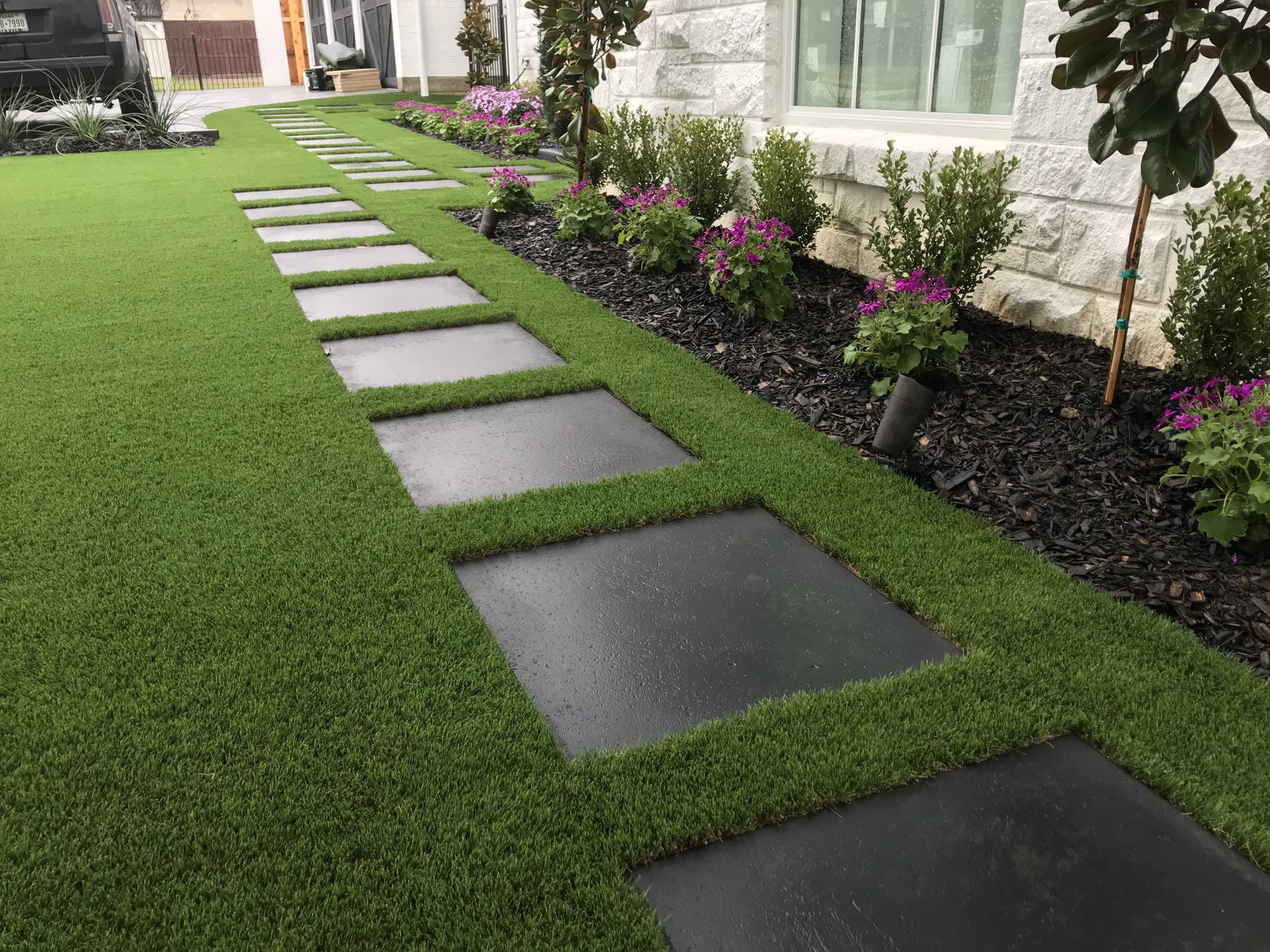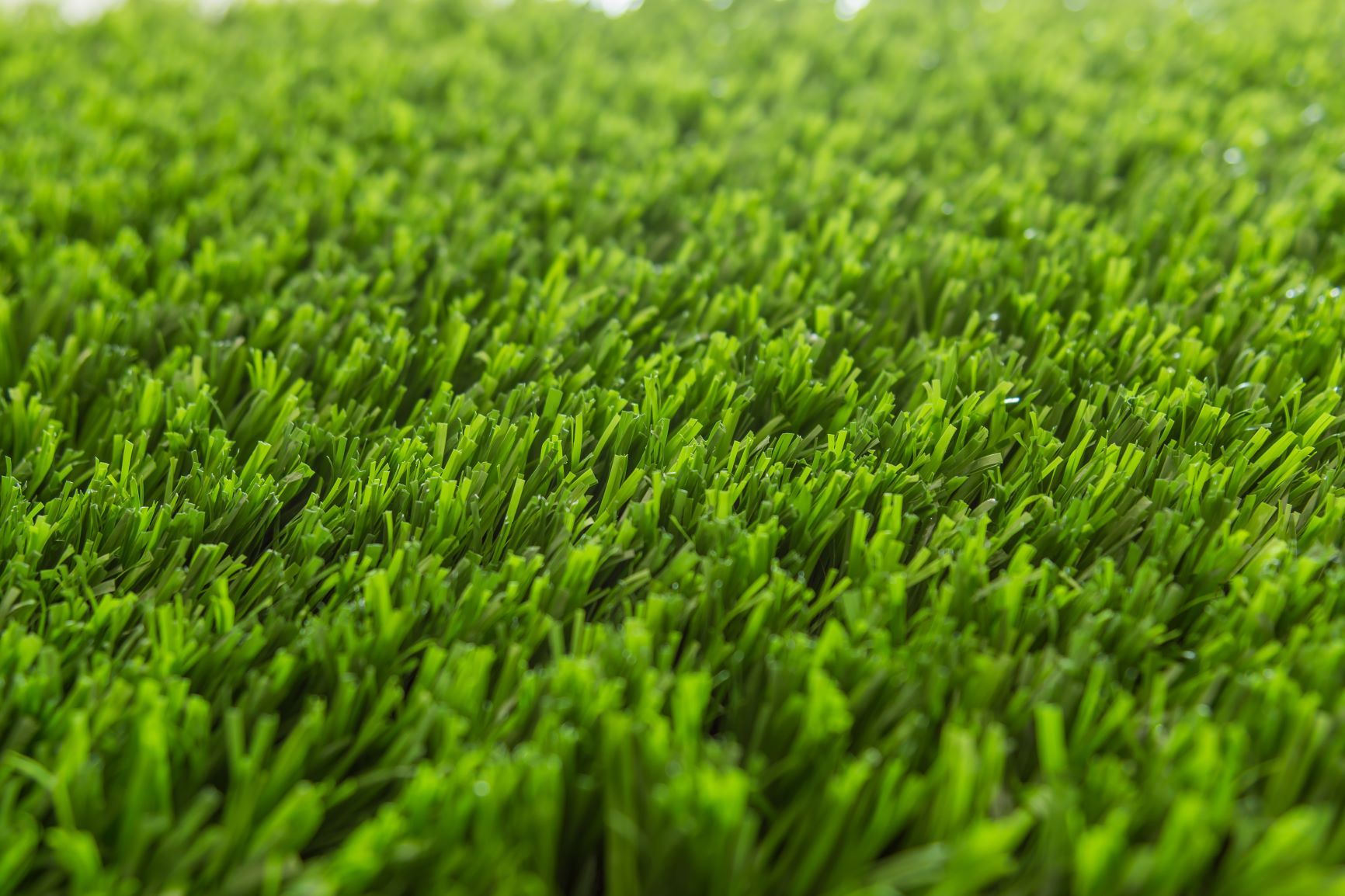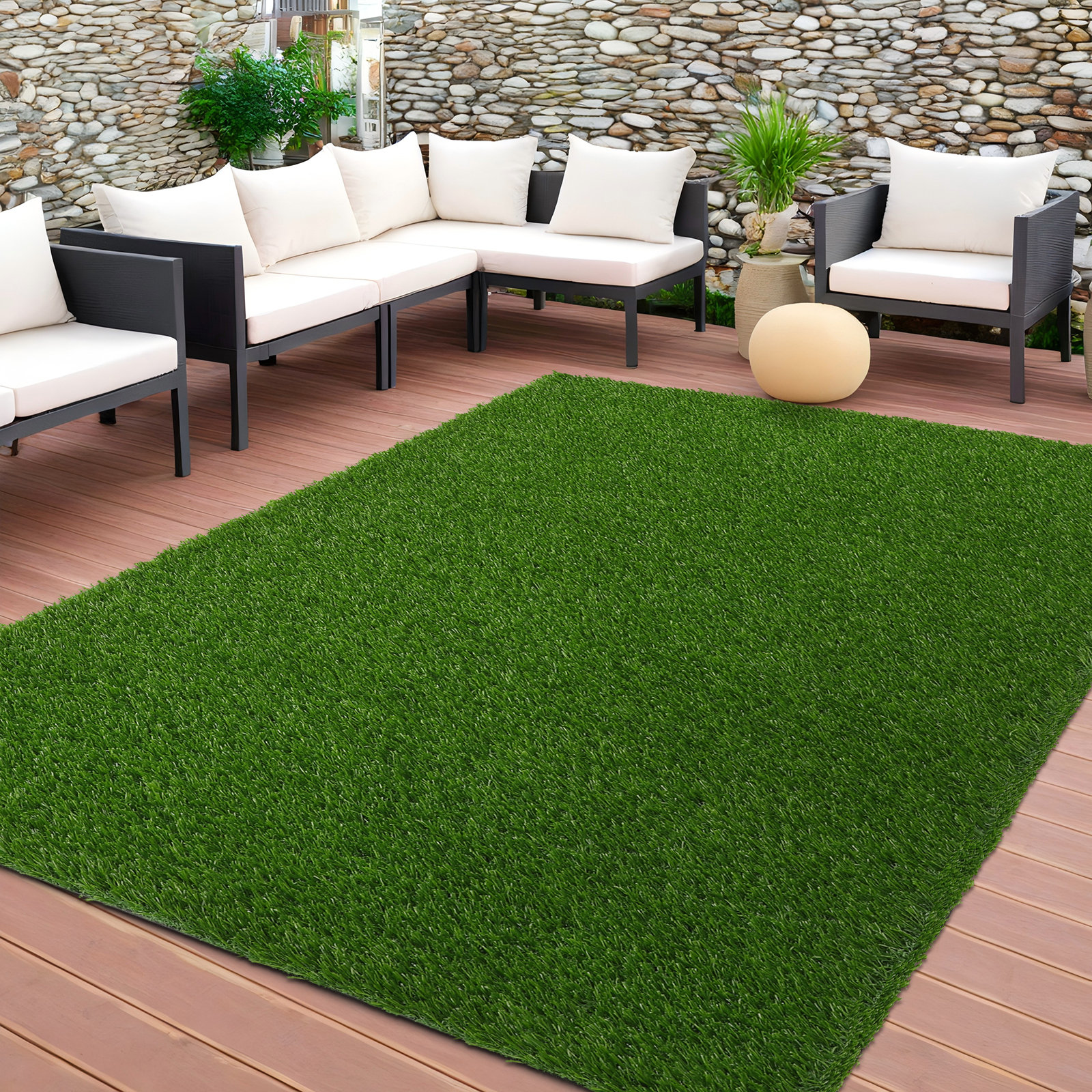Well-Known Phoenix Turf Companies Providing Superior Synthetic Grass Installation
Well-Known Phoenix Turf Companies Providing Superior Synthetic Grass Installation
Blog Article
Delve Into the Environmental Benefits of Opting for Synthetic Grass Solutions
The adoption of fabricated turf options presents a compelling opportunity to attend to pressing environmental challenges. By dramatically minimizing water use and lessening the application of harmful chemicals, these choices not only promote sustainable landscape design but likewise shield local ecological communities.
Water Conservation Advantages
Among one of the most substantial advantages of man-made grass is its ability to preserve water. Conventional grass lawns require significant watering, specifically in locations susceptible to dry spell or water limitations. On the other hand, synthetic grass does not need watering, dramatically decreasing the general need for water resources. This function is specifically valuable in dry regions where water deficiency is a pressing issue.
By eliminating the need for routine watering, synthetic grass contributes to lasting landscape methods and assists minimize the environmental influence of too much water intake. Additionally, the conservation of water includes the reduction of drainage, which can bring about dirt erosion and river pollution.
Additionally, the installment of synthetic grass permits property owners and communities to designate water resources a lot more effectively, concentrating on necessary uses such as drinking water and agriculture. The change towards synthetic grass not just promotes responsible water use but also aligns with more comprehensive ecological goals targeted at preserving natural sources.
As communities significantly prioritize sustainability, the water conservation advantages of synthetic turf offer an engaging situation for its adoption in industrial and household landscape design projects.
Decreased Chemical Use
The shift to synthetic grass dramatically decreases the dependence on chemical therapies frequently utilized in all-natural yard upkeep. Standard lawn monitoring usually entails the application of fertilizers, herbicides, and chemicals to promote development and control bugs. These chemicals can posture risks to human health, regional wildlife, and the setting, adding to dirt and water contamination.
In comparison, fabricated turf gets rid of the need for these dangerous materials. By minimizing the launch of artificial substances right into the community, artificial turf advertises healthier dirt and water systems.
Moreover, the absence of chemical drainage related to man-made grass installments aids safeguard neighborhood rivers from pollution, sustaining water life and preserving biodiversity. Artificial turf companies phoenix. As areas increasingly prioritize lasting practices, choosing for synthetic grass provides a sensible option that aligns with environmental conservation objectives. Through this shift, building owners can delight in rich eco-friendly spaces without jeopardizing ecological health, leading the method for a much more sustainable future
Lower Carbon Footprint

Moreover, the installment of fabricated lawn can lead to substantial water conservation. All-natural grass call for substantial quantities of water for irrigation, which not only adds to the carbon footprint linked with water removal and treatment yet also stress regional water sources. On the other hand, synthetic grass requires very little maintenance, calling for no watering, thus significantly reducing water use and its linked power prices.
Additionally, the longevity of man-made lawn adds to its lower carbon influence. With a lifespan of as much as 15 years or even more, the demand for regular replacements is lessened, causing much less waste and reduced power intake in manufacturing and getting rid of traditional grass options. On the whole, synthetic grass presents a lasting alternative for eco mindful landscaping.
Habitat Preservation
Environment preservation is an essential factor to consider in the debate over landscaping choices, specifically when contrasting synthetic grass to all-natural grass. Natural grass lawns commonly call for comprehensive maintenance, including using herbicides, pesticides, and plant foods, which can negatively affect neighborhood environments. These chemicals can leach into the dirt and waterways, damaging indigenous plants and animals and interrupting local environments.
On the other hand, synthetic turf offers an opportunity to minimize the eco-friendly impact of landscape design. By selecting artificial turf, property owners can lessen the disruption of all-natural environments connected with traditional yard care practices. Synthetic grass removes the need for hazardous chemicals, therefore securing nearby wildlife and preserving the integrity of bordering communities. Furthermore, the installment of synthetic lawn can bring about the conversion of former yard areas right into even more biodiverse landscapes, such as pollinator yards or native plant areas, which can support regional wild animals.
Eventually, the shift to artificial grass not just preserves water and lowers maintenance efforts yet likewise promotes a more unified connection between human activities and the natural surroundings, advertising habitat preservation at the same time.
Long-Term Sustainability
Long-lasting sustainability is a critical variable in reviewing the advantages of synthetic grass over standard turf lawns. Among one of the most considerable benefits of man-made grass is its resilience; it can last up to 15-20 years with marginal maintenance, whereas all-natural lawn requires constant reseeding and replacement. This long life minimizes the requirement for constant you could try here sources, such as water, plant foods, and pesticides, which are vital for maintaining a healthy and balanced turf that site lawn.
Additionally, synthetic grass contributes to a reduction in carbon exhausts connected with lawn care devices. Conventional grass often require gas-powered mowers, trimmers, and blowers, all of which add to air pollution. Artificial turf companies phoenix. On the other hand, artificial lawn removes the demand for such equipment, promoting a cleaner environment
Moreover, the manufacturing of synthetic grass significantly uses recycled products, improving its sustainability profile. As makers take on eco-friendly techniques, the environmental footprint of man-made lawn remains to diminish.

Final Thought
The fostering of synthetic turf options presents considerable ecological benefits, consisting of substantial water conservation, decreased reliance on harmful chemicals, and a lower carbon footprint. Fabricated lawn help in protecting all-natural habitats by minimizing land disturbance and advertising lasting sustainability via the usage of long lasting products. Jointly, these elements highlight the potential of synthetic grass to add favorably to ecological health and supply a sensible option to typical landscape design methods in an increasingly resource-conscious world.
In contrast, check my blog man-made lawn does not need watering, substantially reducing the total demand for water sources. By decreasing the release of artificial compounds right into the community, fabricated grass advertises healthier dirt and water systems.
Moreover, the installation of man-made turf can result in considerable water conservation. In contrast, fabricated turf requires minimal upkeep, needing no watering, thus considerably lowering water usage and its linked energy prices.

Report this page